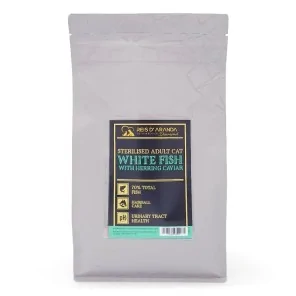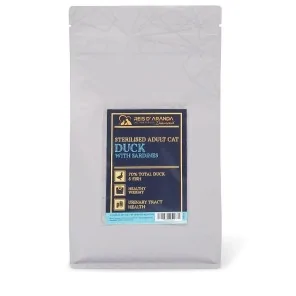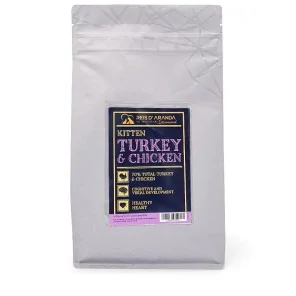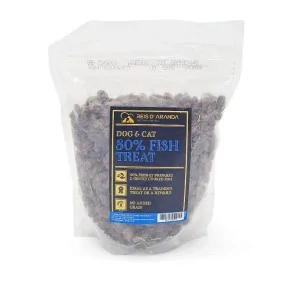Its name says it all: the Vienna blue rabbit comes from Austria. Not only is it beautiful with its shiny blue-grey...
THE EGYPTIAN MAU CAT
INTRODUCTION
Mau is the Egyptian word for cat. The Egyptian mau resembles the cats depicted in Ancient Egyptian wall paintings. The breed is descended from specimens that were taken in the mid 10th century from Cairo to Italy and then to Canada.
THE ORIGIN OF THE EGYPTIAN MAU
Its name leaves no doubt as to its origin. Moreover, ‘mau’ means cat in Egyptian Arabic. Its appearance seems to date back to antiquity, as examples of ancient Egyptian art have been preserved in which cats reminiscent of today's Mau are depicted.
They were revered animals and probably form the oldest breed. They are thought to date back more than 4000 years. But it was not until the 20th century that the first specimen left Cairo for Italy. There it was crossed with another cat of the same origin and the offspring eventually travelled to the United States.
This was the beginning of programmed breeding of the breed as it is known today. The International Cat Federation includes these cats in category III, which is the category for short haired breeds. Today, it is more popular in the United States than in Europe.
WHAT IS THE EGYPTIAN MAU CAT LIKE?
The distinctive feature of the Mau is the mottling of its coat, which contrasts with the background colour. The dark speckles should be rounded and evenly distributed, although they are often randomly distributed in broken lines. The legs and tail have darker bands of colour.
The body is cobby but long, medium-sized, slender and muscular, similar in build to the Abyssinian. The hind legs are longer than the front legs, and the feet are small and delicate, round or oval. The tail is of medium length, thick at the base and tapering towards the tip. The head is somewhat rounded triangular in shape, with gentle curves to the jaw, cheek bones and profile. The ears are large and erect, set wide apart, with a broad base and rather sharp tips. The eyes are also large, almond-shaped and slightly slanted upwards towards the ears. The preferred eye colour is light green, but amber is also acceptable. The coat should be glossy, silky and fine, but dense and springy to the touch. The M-shaped marking should be well outlined. There are also further stripes between the ears behind the neck and along the spine, which in the ideal are divided into speckles. These should join to form a continuous stripe to the tip of the tail. There should also be one or more rings on the upper chest, divided in the centre. Shoulder markings may be striped or speckled, and the forelegs should have numerous bands of colour. On the thighs and back there should be bands and on the upper part of the hind legs there should be speckles. The chest and belly are usually speckled like the buttons of a waistcoat.
A similar breed to the Egyptian mau is the oriental shorthair with a spotted coat which was once called the mau, but this is a distinct breed with round, uniform markings.
The Egyptian mau has four coat varieties: silver, with dark bluish patches on a light silver background; bronze, with brown patches with a tan tone to the background; smoke, which is mottled with black patches on a cream background; and pewter.
THE HEALTH OF THE EGYPTIAN MAU
No pathologies have been reported to affect this breed with greater propensity. This may be due to the fact that, at present, it is not very abundant. We can highlight the appearance of respiratory diseases if these cats are subjected to sudden changes in temperature. They may also suffer from feline asthma.
THE PERSONALITY OF THE EGYPTIAN MAU
It is a very independent and intelligent cat, like most cats, although it is affectionate and friendly. He is possessive of his toys, as well as his owners, and loyal to them. Because he is a very territorial and jealous cat, it is not recommended to leave him alone playing with children.
CONCLUSION
The characteristic coat pattern of the Egyptian Mau makes it unmistakable. Unfortunately, it is a rare breed nowadays, although, in addition to its striking and distinguished appearance, it shows an excellent character which makes it a good companion for any home.
Leave a comment
Log in to post comments
















